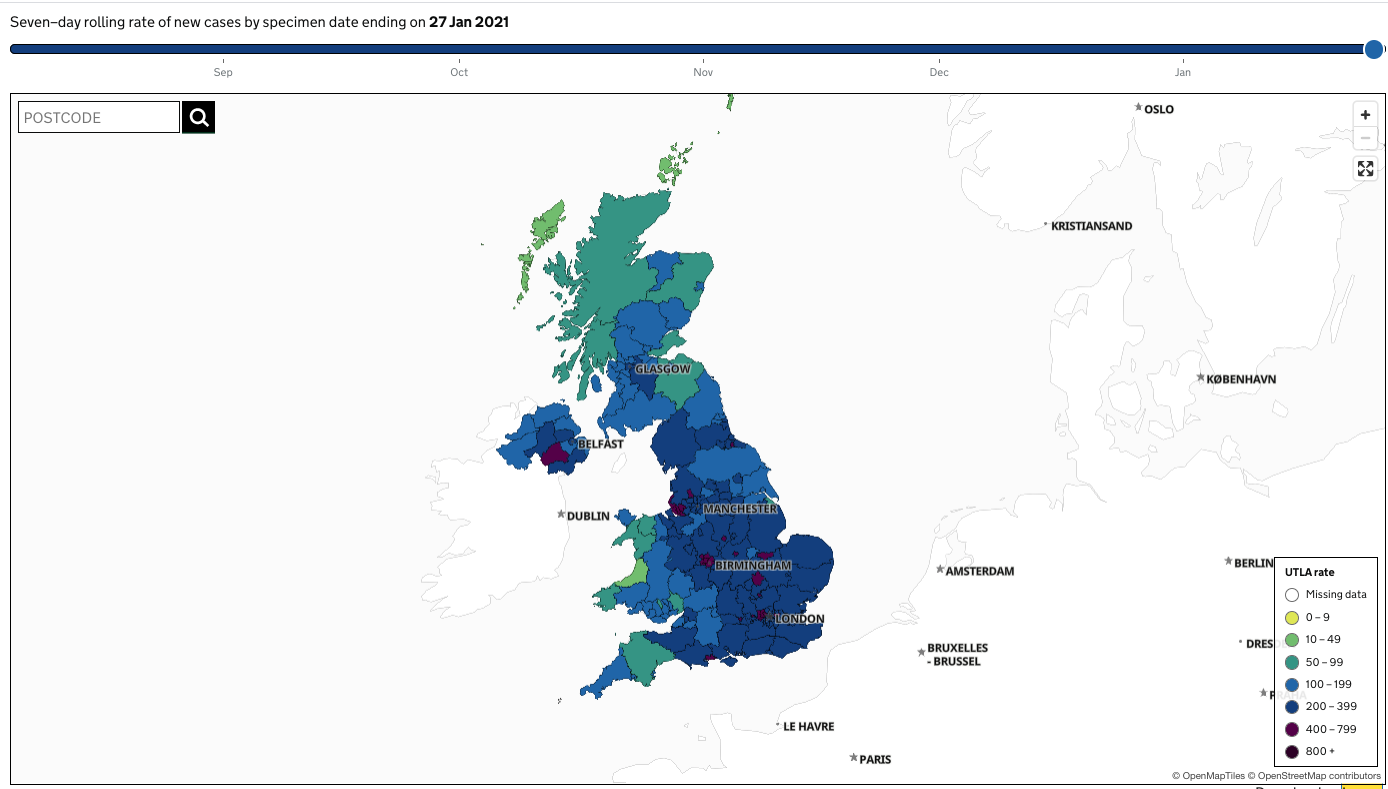Home: About this project
 This project focuses on ‘generic visuals’ – that is, images which have standardized formats and appearances, which perform particular design functions and which circulate with increasing frequency in the news media. Generic visuals include stock photos and simple data visualizations, examples of which are shown below.
This project focuses on ‘generic visuals’ – that is, images which have standardized formats and appearances, which perform particular design functions and which circulate with increasing frequency in the news media. Generic visuals include stock photos and simple data visualizations, examples of which are shown below.
The project investigates the role that generic visuals play in bringing groups of people together around shared interests and concerns, activating citizens to care (or not) about particular issues, making possible (or not) various forms of engagement, including democratic decision-making, and in spreading or inhibiting the spread of disinformation. We use the term ‘assembling publics’ to capture these various processes. Despite our increasing exposure to generic visuals, very little is known about the role that they play in relation to the assembling of publics.

Stock photos showing Coronavirus vaccines began circulating in the news in late 2020, visualising the roll-out of vaccinations across the world. Image by torstensimon from Pixabay, 2020.
Research into visuals in the news has tended to focus on iconic photos or award-winning data visualizations, so analyses of visual news media are therefore primarily studies of the spectacular. As a result, the mass of mundane images, or generic visuals, that surrounds us daily remains unacknowledged and under-researched. Our research aims to fill this gap.
Our project combines methods from three scholarly traditions: production studies, semiotics, and audience studies in an empirically grounded social semiotic approach. You can read more on the Our Methods page.
The project, which runs from 2020 to 2023, is funded by the AHRC (grant code AH/T000015/1). We are working with partners from BBC Yorkshire, Reach (formerly Trinity Mirror), and the Financial Times. Through a programme of impact activities with these partners, workshops designed in collaboration with an anti-disinformation charity, and an exhibition of generic visuals targeted at audiences, our research aims to inform professional practice and public perceptions in relation to generic visuals in the news.
Further information about Generic Visuals in the News can be found on the UKRI website.

Coloured maps (called choropleth maps) showing regional variation are examples of generic visuals that can often be seen in the news. This one shows the seven–day rolling rate of new coronavirus infections per 100,000 in the UK, date ending on 27 Jan 2021, from https://coronavirus.data.gov.uk/.
